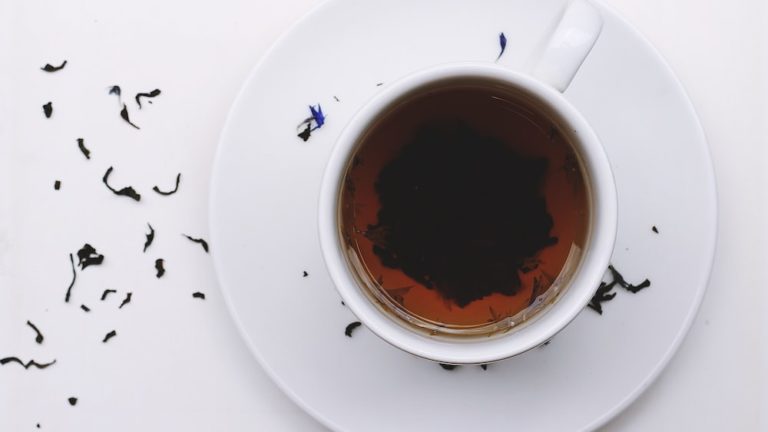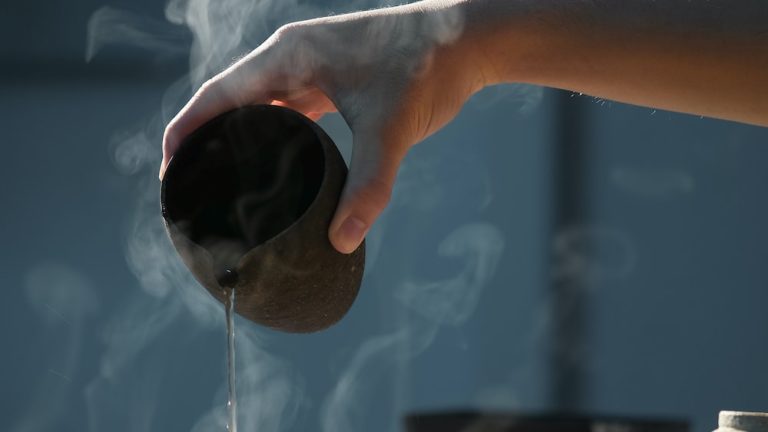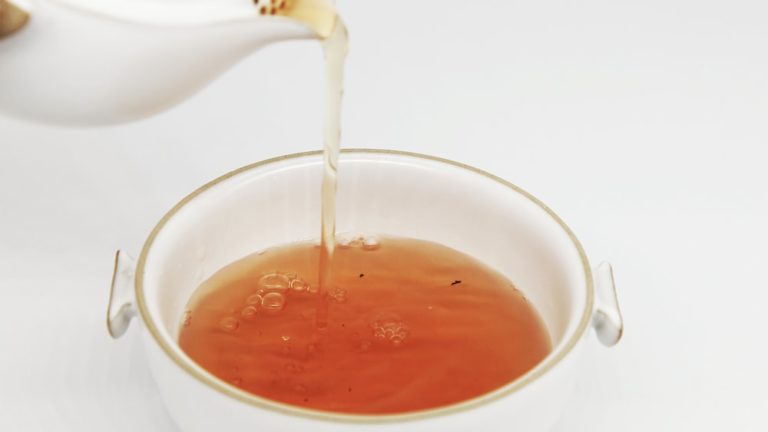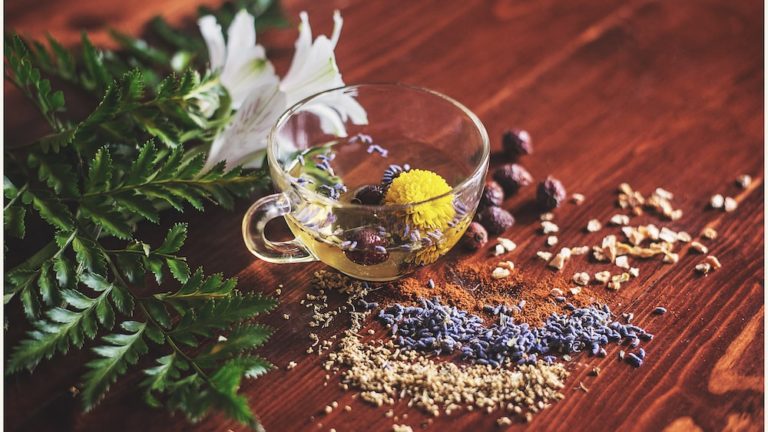Green Tea Vs White Tea: Exploring The Key Differences

Green Tea Vs White Tea: Exploring The Key Differences
Hello there, fellow tea enthusiasts and health-conscious buddies! Ever found yourself on the brink of a cataclysmic meltdown in the tea aisle, torn between green and white tea? Fret not! Whether you’re a tea connoisseur with a palette as refined as a French sommelier, or a confused beginner who thinks Oolong could well be the name of a tropical bird, this blog has got you covered.
Imagine the tea variants as siblings in a large, loving family. Each one is unique, yet shares the same ancestral lineage. Green tea and white tea are just such siblings from the Camellia Sinensis family, with characteristics starkly different yet amazingly similar.
So, buckle up folks, as we embark on this exciting journey to explore the majestic world of green and white tea variants. You’ll leave with your tea-tasting skills honed, I promise, and who knows, perhaps the comfort of knowing which tea type to curl up with during chilly winter mornings!
Understanding Green Tea and White Tea
Before we delve into the details, let’s equip ourselves with some kernel knowledge about our contenders: Green tea and White tea. Remember, all teas aren’t created equal and these two are no exception. So let’s lift the veil off these celebrated beverages, shall we?
What is Green Tea?
Ready for a mind-boggling tea fact? Almost every tea originates from the same plant, the Camellia Sinensis. What makes Green tea a distinct member of the tea family?
Well, green tea is known for its minimal oxidation. Picture a tea leaf basking in the glory of its natural youthfulness with all its antioxidants retained. That’s your green tea leaf for you, an unadulterated delight wrapped in the kiss of nature. It’s like your average teenager, full of zest and vigor, retaining its fresh, vibrant color – young, wild, and delightfully green!
Green tea is known for its minimal oxidation, which allows it to retain its antioxidants and youthful vibrancy.
What is White Tea?
Now that we’re acquainted with the spunky green tea, time to turn the spotlight on its serene sibling, white tea. A vision in pristine white, this pedigree tea variant’s name can throw you off, so here’s a disclaimer – it’s not really white!
Deceptively named White tea is sun-dried and unprocessed. It’s like the elusive unicorn of teas if you’d like to think of it that way. Considered the most delicate of teas, its pale color, paired with its mild, nuanced flavor, reminiscent of fresh raindrops on tender spring leaves, gives it a unique place in the tea board.
Origin and Processing of Green and White Tea
Ever wondered why varying types of teas exist? It’s all about their origin and processing. Yea, yea not as simple as it sounds, but stay with me. It’s like puberty hitting different people differently. Only in this case, it’s Mother Nature playing the hormonal card through geography and tea processing.
Country of Origin
Tea lovers, here’s your passport to taste the world through a cup of tea! Originally, Green and White teas can both trace their ancestry back to China. However, since their parent plant Camellia Sinensis has the adaptive traits of a chameleon, they can get comfy in varying geographical locations.
The geographical location or the ‘terroir’ as fancy word lovers would say, affects the tea’s taste immensely. From the rainy mountain slopes in India’s Darjeeling region to the picturesque landscapes of Japan’s Ugi province, green tea adopts a multitude of flavorful personas.

On the other hand, white tea’s lineage can be traced back to China’s Fujian province. But it’s now produced worldwide, infusing each region’s unique flavor like a sponge soaking up a liquid, resulting in an interesting ensemble of tastes.
Processing Method
Dive into the behind-the-scenes action of what gives our green and white teas their distinct personality- tea processing. The leaves of green tea undergo minimal oxidation. They are pan-fried or steamed to halt enzyme activities, preserving their green hues and fresh, grassy taste. It’s like the leaf took a time capsule and preserved its youthfulness, which you taste in each sip!
White tea, on the other hand, believes in the art of letting go. The leaves are plucked and left to wither under the gentle touch of natural sunlight, allowing a slight and subtle oxidation process. This unrushed, minimalistic approach grants white tea its exquisite, delicate, and refined characteristics.
Visual Appearance and Flavor
No, visual aesthetics while sipping tea are not just for Instagram! There is a certain joy in admiring the color of your beverage before indulging your tastebuds. And, the flavors, ohh imagine a symphony orchestrating in your mouth! It’s time to unravel the visual and flavor-based differences between our two starlets.
Visual Appearance of Green Tea vs White Tea
Ever thought of tea tasting as an art form? Well, let’s start with visual cues. Generally, green tea has a more vibrant color, ranging from bright green to pale yellow, whereas White tea leans more towards subtle hues of pale yellow and light brown.
The metaphorical paintbrush of Mother Nature paints Green tea leaves in shades ranging from vibrant jade to deep olive green. It’s like sipping the essence of a lush forest, neat! White tea, on the other hand, struts shades of pale green and silver – a visual delight wrapped in unspoken elegance before you even take your first sip.
Flavor Profile of Green Tea vs White Tea
Let’s imagine, my fellow tea connoisseurs, that each sip of tea introduces a unique character, telling the tale of the land of its origin and the journey it undertook. Green tea likes to keep it exciting with its flavor profile, dancing between the extremes of grassy, sweet, and astringent. Depending on the region of origin, some may even have a hint of umami flavor. Dancing on your tongue, it’s like a tea party in your mouth!
On the contrary, white tea elegantly sways on the softer side with a nuanced, delicate flavor profile and a natural sweetness. Rarely astringent, it tastes light and airy, almost like a soft bed of cotton candy on your palate. It’s like a gentle waltz for your taste buds!
Preparation of Green and White Tea
Now that we have covered the origin and features of green and white tea, it’s time to roll up our sleeves and enter the DIY part – Tea preparation. The steps are simple, yet with slight differences which we shall unravel soon.
How to Prepare Green Tea
Tired of boring, bland beverages? Spice up your routine with some green tea! Not just any green tea, mind you, but the perfectly steeped cup – because there’s an art to this, folks. Wondering how to prepare green tea? Well, my curious friend, you’re about to embark on a journey of discovery, quivering your whiskers and twitching your taste buds along the way. As a majority of tea enthusiasts will attest, preparing a pristine cup of green tea is much more than just boiling water and tossing in a tea bag. It’s a fragile dance, a dainty caper, a delicate waltz if you will, between temperature and timing. Let’s tiptoe into it, shall we?
First, the water temperature needs to be just right. Unlike black tea that takes a full boil like a champ, green tea is a sensitive soul. It prefers things a little cooler, around 160 to 180 Fahrenheit (no more, less is alright) according to researchers. Use a thermometer or let boiling water cool down for 10 minutes to reach this temperature window.
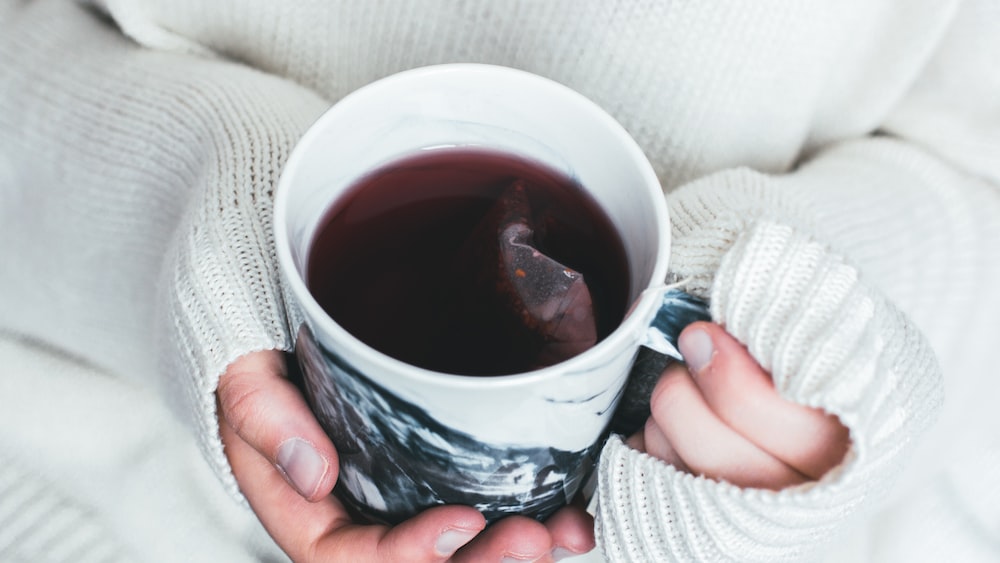
Next, it’s time for the steeping boogie! The perfect steeping time for green tea hovers between 1 to 3 minutes. Keep your eye on the clock, as over-steeping can lead to a bitter, over-extracted brew. Trust me, nobody wants that.
How to Prepare White Tea
Ah, now moving on to the high priestess of teas – white tea. Gentler, subtler, and more exquisite against its green cousin. But how does one prepare this elegant beverage? It calls for an even more mindful brewing than green tea.
For white tea, the water should be heated to a slightly lower temperature, between 160 to 170 Fahrenheit. You don’t want to scold those delicate leaves, now, do ya? As for steeping, give it a generous 4 to 5 minutes. Yes, you heard that right! Unlike its green sibling, white tea takes its sweet time to unfurl and release its delicate flavors. Be patient and you’ll be rewarded with a cup of tea that whispers tales from misty mountains and cloud-veiled tea estates.
White tea requires a slightly lower water temperature of 160 to 170 Fahrenheit and a longer steeping time of 4 to 5 minutes to fully unlock its delicate flavors.
Health Benefits of Green and White Tea
Dive into the ocean of health benefits brought to your cup by green and white tea! It is no surprise that these beverages are adored globally. Both deliver a powerhouse of health benefits, so if you’re playing tea tug-war deciding between these two, you’re genuinely on a win-win side!
Health Benefits of Green Tea
Green tea, oh, this glorious green brew! It’s a veritable vigilante fighting bad health and promoting good vibes. A majority of researchers have found that green tea is rich in powerful antioxidants called polyphenols, which may combat cell damage.
Firstly, these antioxidants are serious superheroes when it comes to fighting free radicals in the body. They’ve been linked with a reduced risk of heart disease and certain types of cancer. Impressive, isn’t it?
And let’s not forget about epigallocatechin gallate (EGCG), another green tea component. This fancy-sounding compound is believed to have anti-inflammatory effects and is being researched for its potential to fight diseases from Alzheimer’s to cancer.
Health Benefits of White Tea
The health benefits of white tea are equally noteworthy. It’s a veritable wellspring of health-giving properties. Note – while green tea has been in the limelight with researchers buzzing around it, white tea is the subtle star, with studies showing its powerful perks.
One significant attribute of white tea is its high level of antioxidants, even higher than its green sibling. These contribute to enhanced skin health, potentially reducing wrinkles and promoting a youthful appearance. Imagine that – a cuppa to keep to time at bay!
Additionally, white tea is known for its antibacterial and antiviral properties. It may boost the immune system, making a strong contender in the health benefits showdown.
Caffeine Content and Side Effects
Oh, pitfalls and perks, we’ve all got them, don’t we? Even in the world of brewed beverages, caffeine content and side effects play a pivotal balancing act for tea aficionados.
Caffeine Content in Green and White Tea
Now, time for a caffeine check. To spill the tea on this topic, both green and white teas contain caffeine, but not enough to send you ricocheting off the walls! Generally, green tea contains slightly more caffeine than white tea.
The exact caffeine content can vary, being influenced by factors such as the variety of the tea plant, the growing conditions, and the preparation of the tea. However, as a ballpark figure, an eight-ounce serving of green tea typically carries around 28 milligrams of caffeine, while the same serving of white tea contains about 15 to 20 milligrams.
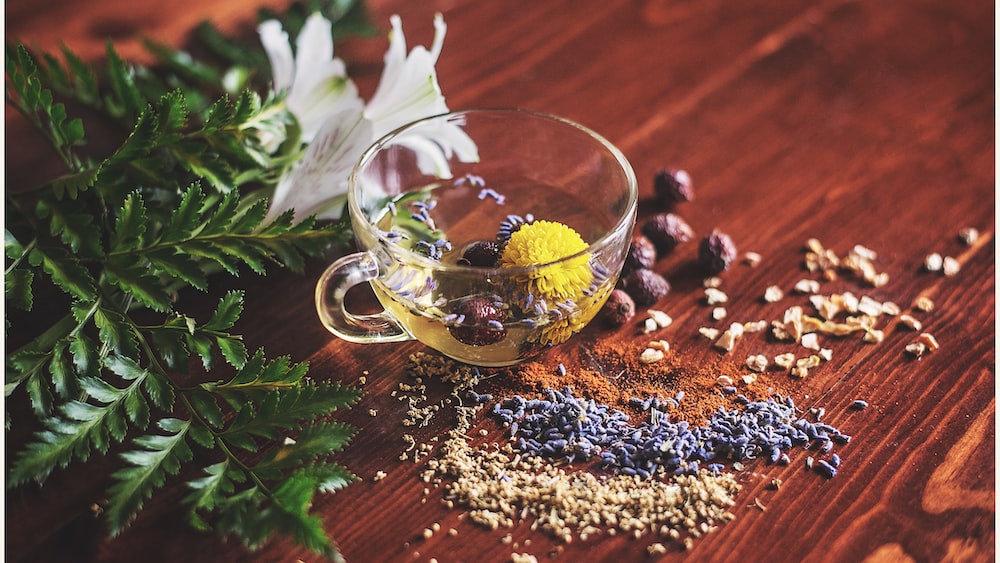
So, if your jitter-o-meter is sitting low, indulge in these beverages without being sleep-deprived or twitchy.
Side Effects of Green and White Tea
As wonderfully healthful as green and white teas are, they do come with a few side effects. These are mostly related to their caffeine content. Consuming too much caffeine can, on rare occasions, lead to side effects such as jitteriness, headaches, or disrupted sleep patterns.
More specific to green tea is its tannin content, which can interfere with the absorption of iron from your food if overconsumed. Therefore, it’s recommended to avoid drinking green tea with meals.
Green Tea and White Tea for Weight Loss
Turns out tea isn’t just all about hydration and flavor! If you’re on a weight loss journey, green, and white teas may just be your new best friends. Let’s understand how these brews lend a helping hand in shedding those stubborn pounds!
Green Tea and Weight Loss
Research reveals green tea as something of a wonder brew for weight loss. The heroes here are the previously mentioned catechins – the potent antioxidants. They’re believed to boost metabolism, aiding the body in burning more fat.
Furthermore, green tea is known to help reduce belly fat specifically, which is great news for those looking to lose that stubborn midsection padding. The best part? These benefits can be obtained whether you sip your green tea hot or cold! So, what’s stopping you, folks? Let’s make that tea pot whistle and the scale move!
White Tea and Weight Loss
Ironic as it may seem, the often-overlooked white tea’s subtle temptress of a flavor, in line with her softer and understated profile, could be your zesty ally in tackling weight. Research proves that white tea has a high concentration of polyphenols, which have been shown to boost metabolism and inhibit the production of new fat cells. It’s like having a hidden team of diligent construction workers constantly tearing down the unnecessary bulges while you sip your hot brew!
Not just stopping at that, white tea’s beneficial forces extend its reach toward breaking down existing fat cells, aiding your weight-loss battle further! It’s akin to undertaking an undercover mission against your body fats – not as conspicuous as the determined efforts of green tea, yet subtly efficacious in its own accord.
The catch, though, is to remain faithful to this frail brew, sipping it regularly. It requires patience and consistency – but think of it as a friendly tap on the shoulder in your weight loss journey, gentle, but supportive!
White tea’s high concentration of polyphenols boosts metabolism, inhibits the production of new fat cells, and aids in breaking down existing fat cells, making it a subtle yet efficacious ally in the battle against weight.
Price Comparison and Purchasing Tips
Navigating the landscape of tea prices can feel like traversing a dense jungle without a map – daunting, confusing and reeking of potential pitfalls. Fear not; we’re here to arm you with some crucial information and handy tips.

Price of Green Tea vs White Tea
In terms of cost, the loosely packed vibrant leaves of green tea tend to be less of a burden on your wallet than their charmingly pallid counterparts. The secret lies in the crafting process – white tea, with its debutante-like delicacy, demands a rather rigorous and careful handling during production. It’s as if the tea leaves are attending a debutante ball – they need to look their best, untouched and unscarred!
In contrast, green teas have a bit more resilience, taking on the rigors of the manufacturing process like a seasoned warrior, which makes them generally more affordable. However, this doesn’t hold true across all types and brands. You’ll find high-end green teas demanding a king’s ransom and affordable white teas that won’t ask you to auction off your favorite vintage vinyl.
All said and done, the question of weight vs cost still looms large. If you’re not shy of shelling out a few extra bucks for indulgence, well, no judgements here!
Tips for Purchasing Quality Green and White Tea
- Don’t be swayed solely by price. More expensive doesn’t always equate better. Some of us revel in the eccentricity of garage rock over an opera; the same applies here.
- Ensure that the teas are in their loose leaf form. Pre-packaged tea bags often contain lower quality tea and lose their nuances.
- Dive deep into some research. Remember, you’re picking a friend who’ll likely be your companion during moments of tranquility, so choose wisely!
FAQs
1. What are the main differences between green tea and white tea?
The main differences between green and white tea can be charted out in the context of taste, processing, and health benefits. Green tea has a more robust and grassy flavor, while white tea leaves you with delicate and subtly sweet notes.
2. Which tea has more health benefits – green or white?
When it comes to health benefits, both green and white tea play an impressive innings. However, on some counts, green tea may take the lead, especially in terms of antioxidants and weight management aspects.
3. Is there a significant difference in caffeine content between green and white tea?
In terms of caffeine content, the distinction is not as pronounced. Generally, green tea contains slightly more caffeine than white tea, but the amount can vary based on the specific tea type and brewing process.
4. Which tea is better for weight loss – green or white?
In terms of weight loss, green tea has been traditionally favored. However, recent studies suggest that white tea could also be equally efficacious, largely due to its potent metabolism boosting polyphenols.
Conclusion
We’ve traipsed through tea fields together, green and white, touched upon the critical differences, and traipsed into the territories of health benefits. They both hold their ground with tenacity, each excelling in their unique ways. Speaking boldly, it all boils down to personal preference, health objectives, and how deep your pockets reach. Are you more leaning towards the hearty notes of green tea, or do you succumb to the quiet allure of the white? Either path leads to a cup of sublime wonder, brimming with health benefits and pleasure for the palate.
As always, remember: the best cup of tea is the one you enjoy drinking the most! So keep discovering, experimenting and savoring.
Signing off, keep sipping health and happiness,
Zoe.

